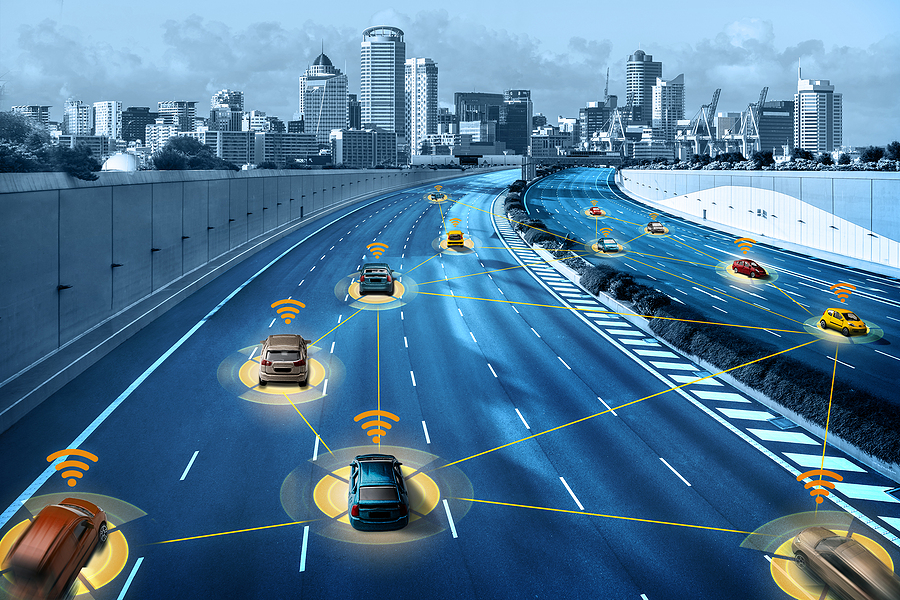
Keeping up with the pace of change – positioning the UK as a leader in smart machines.
By Rob Buckingham – Head of RACE – UK Atomic Energy Authority
The 3rd of the 4 ThinkIns set out to explain something of the vision of the Robotics Growth Partnership.
It’s always good to start with a sound appreciation of where we are now. My view is: we are only 50 years into computers; all things digital are only going to get more pervasive; we can see the direction of travel, and the future seems to be arriving faster and faster. This is no great revelation. At the world economic forum in in 2018, Justin Trudeau said “the pace of change has never been this fast, yet it will never be this slow again”, but I’m sure his script writer got the same idea from a Roman.
Of course, perceived pace of change is due to a few things: the number of concurrent change activities, which give the impression that things are speeding up, and crazy fast development either because we have improved innovation productivity, or because we are mining a highly productive seam of innovation. I go with the latter.
So, in this digital gold rush, we need to get out there and start panning.
No hang on, a couple of people in waders standing knee deep in a stream panning for digital innovation is so 1849.
The question for RGP is: what should the UK do to be a leader for the next century in a technological transition that will reshape humanity?
Leadership will be needed in the realms of money, tech, comms and management…
Thinking tech, one of the RGP’s founding thoughts is: robotics is ‘just’ the next generation of smart machines, smart tools.
And we are used to value add machines – tractors, submarines, planes, shopping trolleys, conveyors, car and trucks – that are continuously improved by the addition of the next invention.
To give an example: ‘car’ becomes ‘Robot-Car!’ (cue media moment) becomes ‘car’ when it becomes normal. Perhaps cars will finally become auto-mobiles? (Thanks GB for that one.)
Humans know how to use tools – this is what we do. And as our economy is increasingly an economy built on services we are going to need to grapple with this new digital service tech to make sure we are the best providers.
Robotics includes both tools that are physically discrete from us and physical augmentation. In either case the interface between person and machine is going to be a field of rapid development driven at least in part by gaming and zooming. This is part of the comms challenge but the much bigger part is the informed discussion with people, with society, about the world we want to live in. Are we Canute (spoiler alert – it doesn’t end well) or are we the voice of sustainable democracy that values both people and nature? I think Living Labs are going to sit at the heart of this… physical places where we explore the issues and opportunities together. In my field of nuclear, mock-ups have always been sensible because experimenting with the real thing is only allowed in exceptional circumstances. My hope is that we will invest in many Living Labs around the country that enable us, collectively, to explore the benefits and unintended consequences of our creativity. Of course, we might expect all of the Living Labs to be connected by data and the management of data; indeed we might expect common tech platforms and digital models of ‘nearly everything’ to be one of the highest value spin-offs.
And as we are in this game, let’s check, do we have enough chips to be able to play alongside other global players such as the USA, China and others? It doesn’t have to be just cash, we have a range of intangibles including regulations, comms and test environments and political necessity and will.
What did Abe Lincoln say? Something about the best way to predict the future…